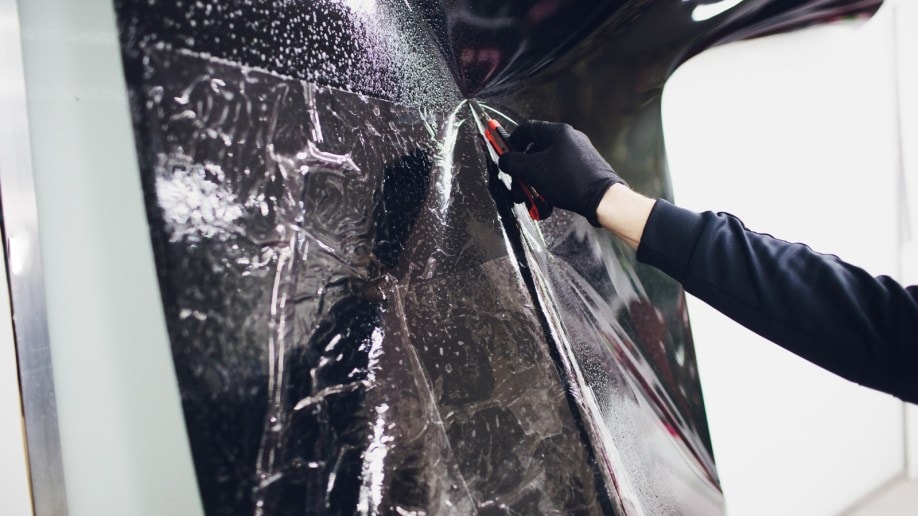Home Window Tinting Regulations and Standards: What You Required to Know Prior To Tinting Your Automobile
Before continuing with home window tinting for your lorry, it is essential to familiarize on your own with the varied laws and guidelines that govern this practice throughout different states. These guidelines determine the permitted degrees of tint darkness, commonly determined by noticeable light transmission (VLT) percentages, and consist of particular terms for front windscreens intended at making sure road safety.
Introduction of Home Window Tinting Laws
Home window tinting legislations are regularly subject to variation throughout various territories, showing local policies and safety and security considerations. These regulations determine the acceptable levels of color darkness and reflectiveness on lorry windows, making certain that drivers maintain sufficient visibility while additionally securing against damaging UV rays and warm.
A lot of regulations classify window tinting based upon the Visible Light Transmission (VLT) portion, which suggests the amount of light that can travel through the window. Typically, lower VLT portions signify darker colors. Regulations frequently separate between the front, side, and back home windows, with stricter constraints related to the front windshield to enhance security for both the vehicle driver and various other roadway individuals.
Compliance with home window tinting regulations is crucial, as infractions can result in penalties, obligatory elimination of the tint, and potential increases in insurance costs. It is vital for vehicle owners to familiarize themselves with regional legislations before proceeding with home window tinting setups.
State-by-State Color Rules
Recognizing the details window tinting guidelines in each state is crucial for lorry proprietors looking for to follow the legislation. Each state in the united state has established its own set of rules governing window tinting, which can differ substantially. These regulations usually dictate the permitted levels of tint darkness, the types of home windows that can be tinted, and any kind of clinical exemptions that might apply.
For instance, states like The golden state have rigid constraints on color darkness for front home windows, while others, such as New Mexico, may enable darker colors. Additionally, particular states mandate certain visibility portions for various home windows, including the windscreen, front side windows, and back home windows. It is important for car owners to acquaint themselves with their state's legislations to avoid prospective penalties or fines.
Moreover, some states might require a certification sticker to be positioned on colored windows, suggesting compliance with state legislations. Failing to stick to these policies not only takes the chance of lawful effects however can additionally influence safety and presence while driving. Automobile owners need to conduct extensive research or seek advice from neighborhood authorities to make certain complete understanding and conformity with state-by-state color laws.
Allowed Color Kinds and levels
Many automobile owners may be stunned to learn that enabled color degrees and kinds vary extensively throughout various states. Each state has actually developed its very own regulations concerning the permitted darkness and reflectivity of window color, often gauged by Visible Light Transmission (VLT) percentages. VLT describes the quantity of light that can go through the colored windows; thus, a lower portion suggests a darker tint.

Additionally, the types of color products permitted can differ, with some states banning metal or mirror-like finishes. It is necessary for lorry proprietors to acquaint themselves you can try this out with their state's particular regulations to ensure conformity. Non-compliance can result in penalties, required elimination of the tint, or other legal consequences, making it important to understand these laws before continuing with installment.
Medical Exemptions for Tinting
While not all states give allocations for clinical exemptions regarding home window tinting, those that do recognize the need for particular individuals to enhance visibility and comfort as a result of clinical conditions. Numerous medical conditions, such as lupus, skin cancer cells, and specific eye conditions, can make people particularly conscious sunshine. Consequently, these individuals may call for darker colors to safeguard themselves from hazardous UV rays and glare.

It is crucial to keep in mind that also with a clinical exemption, there might still be constraints on the degree of color allowed. Conformity with state legislations makes certain that individuals are both secured and within legal restrictions. Those taking into consideration medical exemptions should call their neighborhood Division of Motor Automobiles or equivalent authority to comprehend the requirements and procedures necessary to look for an exemption properly.
Charges for Non-Compliance
Failing to follow home window tinting legislations can lead to considerable penalties, which vary by state. Police are empowered to issue citations for automobiles that do not stick to the defined tinting regulations. These charges typically consist of fines, which can range from modest quantities to several hundred dollars, depending on the severity of the offense and the state concerned.
In some jurisdictions, duplicated offenses might lead to intensifying penalties or added fines, such as investigate this site compulsory court appearances. Furthermore, non-compliance might necessitate the elimination of prohibited tinting, typically at the proprietor's expenditure. In extreme situations, habitual transgressors may encounter suspension of their vehicle registration till compliance is attained.
Additionally, insurance coverage ramifications might arise from receiving numerous citations for window color infractions. Insurance firms may see such offenses as a sign of riskier habits, potentially causing raised premiums or problem in coverage.
To avoid these fines, it is crucial for lorry proprietors to familiarize themselves with their local window tinting legislations and guarantee that their car complies (Window Tinting). This aggressive approach not just stays clear of legal implications yet also advertises roadway safety and security
Verdict

Many guidelines classify window tinting based on the Visible Light Transmission (VLT) portion, which shows the amount of light that can pass through the window. Compliance with home window tinting regulations is critical, as violations can result in fines, necessary elimination of the tint, and potential boosts in insurance policy costs.Comprehending the particular home see this here window tinting regulations in each state is vital for lorry proprietors seeking to abide with the regulation. These policies typically determine the allowable levels of tint darkness, the types of home windows that can be tinted, and any medical exceptions that may apply.
For instance, states like California have rigorous restrictions on tint darkness for front home windows, while others, such as New Mexico, may allow darker tints.